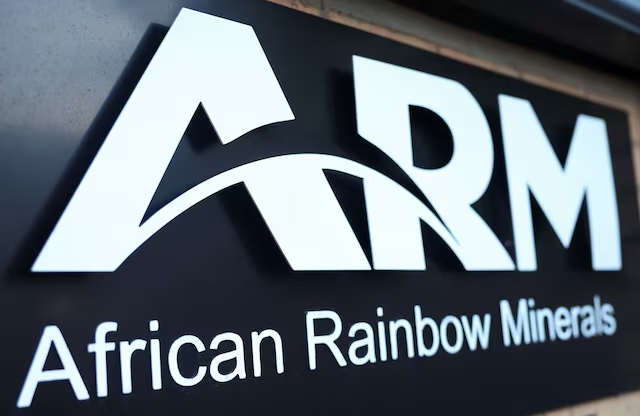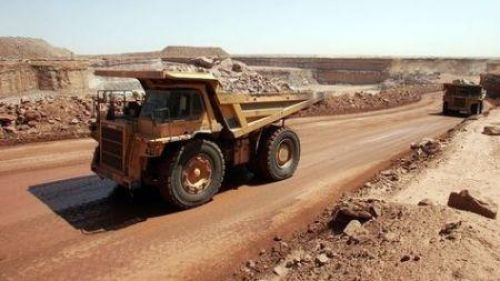Mining

Central Ethiopia and its mining development contributions

Ethiopia Records Economic Growth in Regional Development
It is known that Ethiopia has achieved economic growth across various regions. Progress has been made in agriculture, mining development, investment, industry, and other fields, contributing to community benefits and satisfaction.
In the concluded budget year, the Central Ethiopia Region successfully met national-level mining development goals through effective work. The region’s Mining and Energy Organization Director, Mr. Officer Manedo, stated in an interview with New Era Newspaper that while the region is newly established, it has registered encouraging socio-economic changes. Priority was given to key sectors, with various goals set and achieved.
One of the primary focuses was assessing mining resources—identifying their locations, types, and quantities—to guide national sectoral planning. For the budget year, studies were conducted across 175 square kilometers, with research completed on an additional 177 square kilometers. These studies supported construction, industrial, and ornamental projects, with findings properly documented. However, deeper and wider examinations are still needed for future planning.
License Management and Sectoral Improvements
Special attention was given to licensing management, streamlining procedures in line with national standards. Efforts were made to enhance institutional capacity, ensuring employees had sufficient skills and knowledge. This led to more efficient license issuance and regulation.
Additionally, community participation was emphasized, ensuring transparency and accountability. Twenty mining permits were planned for developers, with ten already issued. In past years, 682 permits were granted to traditional miners across zones and special districts.
Mineral Resource Management and Audits
Mineral resources are national assets requiring careful management. Uncontrolled exploitation can lead to waste, so strict oversight is necessary. This year, license audits were intensified to ensure compliance. Some permits were revoked due to violations, while others received warnings for corrective action.
Construction and Industrial Growth
The mining sector has significantly contributed to construction inputs. This year, the target was 5.5 million cubic meters of usable minerals, but production exceeded expectations, reaching 5.8 million cubic meters. Products like ashwa, white/black geragantina, and others were supplied to local and neighboring regions. Industrial mineral production also surpassed targets, delivering 85,000 tons against a planned 70,000 tons.
Economic Benefits and Employment
The sector has created job opportunities, with 7,524 jobs provided (1,923 for women) against a target of 8,800. Revenue generation exceeded expectations, reaching 125.145 million birr instead of the planned 100 million.
Modernizing Traditional Mining
Efforts are underway to transition traditional miners to modern practices, enhancing productivity and income. However, more work remains. Strong investment and government support are needed, particularly in logistics and equipment.
Community Development and Environmental Rehabilitation
Mining areas often face neglect post-extraction. This year, 6.6 square kilometers were rehabilitated through developer-community partnerships, including nursery planting. Future plans include stricter post-mining land restoration controls.
Capacity Building and Anti-Corruption Measures
Training programs have improved worker competence, though further progress is needed. Corruption in revenue collection is being addressed through institutional reforms.
Future Plans
The Central Ethiopia Region remains committed to sustainable development, inviting investors to contribute to national growth. With abundant resources, infrastructure, and peace, the region is poised for further progress.












